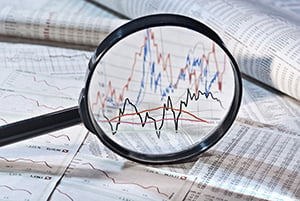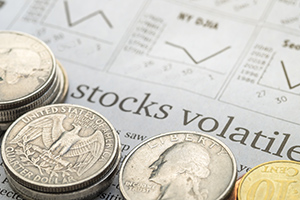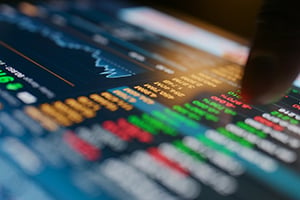Markets stabilized in May after one of the worst months since the start of the pandemic. While it wasn’t a great month, after the terrible start to the year, any improvement was welcome. U.S. markets were mixed, with the Dow and S&P 500 up slightly, while the Nasdaq was down but not nearly as much as in prior months. International markets and fixed income also showed small gains.














